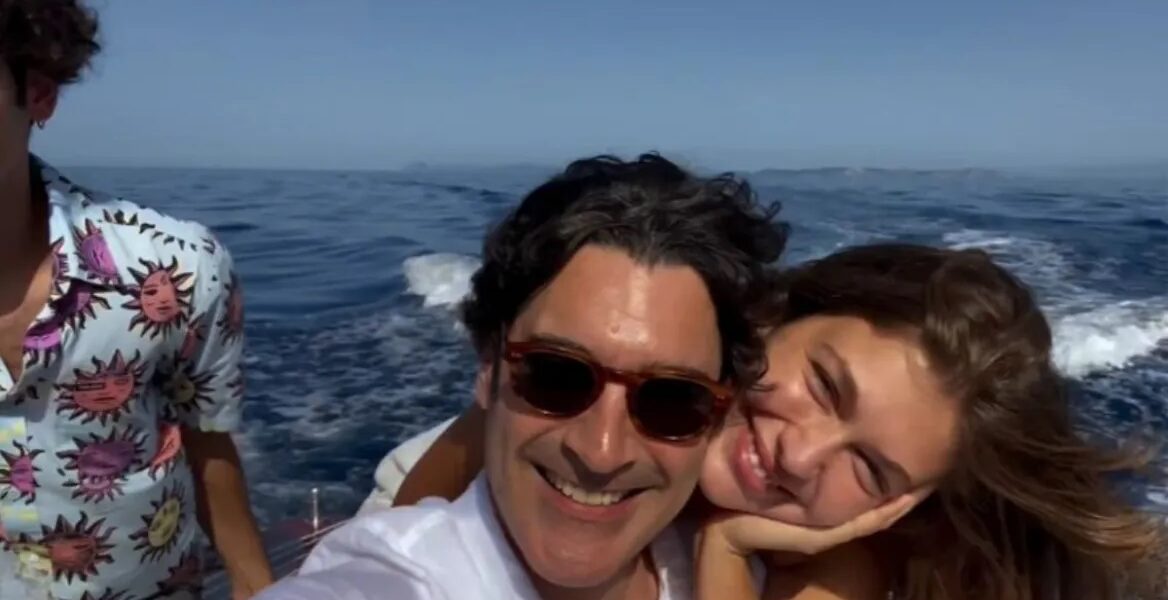Maestro in Blue, the brainchild of creator Christopher Papakaliatis, is making history as the first Greek show to become a global Netflix Original.
Originally intended for Greek audiences, the show's captivating blend of drama and island life propelled it to international acclaim. After a wildly successful first season, Maestro in Blue returned for a second season, taking viewers on a deeper dive into the lives of its characters.
Season 1: A Paradise Steeped in Conflict
The inaugural season unfolds on the picturesque Greek island of Paxos, which itself becomes a character in the story. Orestis (played by Papakaliatis), a musician from Athens, is tasked with organizing a music festival. As rehearsals get underway, Orestis finds himself entangled in a web of local troubles, ranging from forbidden love and family secrets to criminal activity and even murder. Season one doesn't shy away from tough topics, tackling domestic violence, homophobia, and sexual assault with sensitivity. The season ends on a cliffhanger, leaving viewers desperate for more.
Season 2: A Complex Tapestry of Emotions
The second season maintains the show's fast pace, keeping viewers guessing as the story unfolds across both Athens and Paxos. The characters embark on emotional journeys, with Orestis, Klelia (Klelia Andriolatou), and Antonis (Orestis Chalkias) navigating the complexities of life in Athens while the residents of Paxos face their own challenges. Criminal activity, family drama, and romance continue to be central themes, but season two delves even deeper, exploring themes like domestic violence, victim blaming, homophobia, hate crimes, postpartum depression, and PTSD. The show handles these sensitive subjects with care, offering a thought-provoking exploration of these important issues.
Papakaliatis's love for Greece, particularly Paxos, shines through in both seasons. The breathtaking scenery is sure to inspire viewers to book their next vacation. Beyond the beauty of the locations, the show boasts well-developed characters, each with their own unique arc. The music, composed by Kostas Christides, is a character itself, perfectly complementing the narrative and the relationship between Orestis and Klelia.
A Stellar Cast Brings the Story to Life
The success of Maestro in Blue owes much to its exceptional cast. Papakaliatis embodies the character of Orestes with a quiet strength. Klelia Andriolatou portrays Klelia with a captivating confidence that complements Orestes's composure. The supporting cast adds depth and nuance to the story. Orestis Chalkias and Yorgos Benos deliver a powerful portrayal of a complex and troubled love story as Antonis and Spyros. Maria Kavoyianni's portrayal of a domestic violence survivor is both heartbreaking and empowering. The supporting cast, including Haris Alexiou, Marisha Triantafyllidou, Fanis Mouratidis, and Giannis Tsortekis, further enriches the narrative.
More Than Just Drama: A Show with Substance
While some may hesitate to label Maestro in Blue a masterpiece, the show's exploration of contemporary Greek issues undeniably elevates it beyond mere entertainment. The drama is undeniably captivating, but the show's true strength lies in its ability to weave social commentary into its narrative. Whether you're seeking a thrilling drama or a show that sparks thought-provoking conversations, Maestro in Blue is a must-watch.
Season 3, consisting of the final four episodes that’ll conclude the show, will be released on MegaTV and Netflix in the Fall of 2024.
Read More Greece Travel Guide

